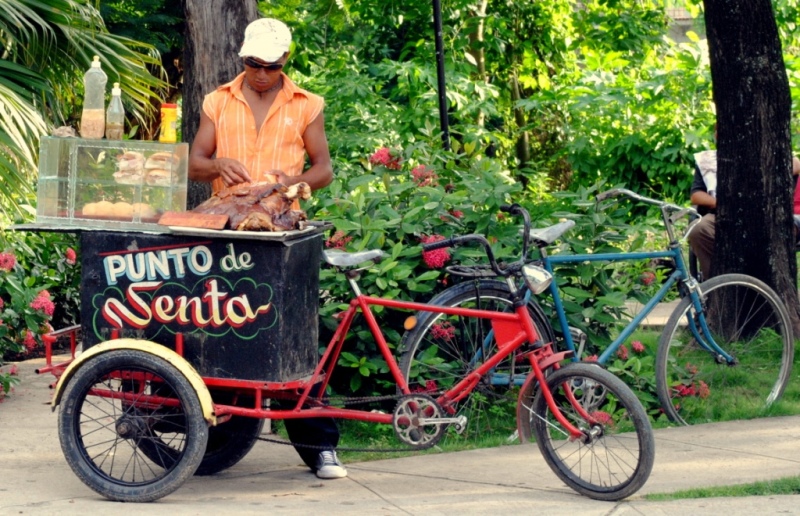The Gateway to Eastern Cuba
By Ramon Andujar, photos by Ihosvanny

HAVANA TIMES, Nov. 5 — When moving from the center of Cuba, Las Tunas is the first province you’ll run into of the five that make up the eastern region of the island. This is why someone dubbed it the gateway of eastern Cuba.
The occupied portion of the province consists mainly of expansive plains that lack natural beauty, though in some places you can find true attractions like the bamboo trees of the El Cornito motel or Covarrubias Beach.
For many years the sugar industry was the main source of the area’s revenue, but after the dismantlement of the refineries that Cuba undertook in the last five year plan, this branch of the economy has lost ground.
The capital city, which carries the same name as its surrounding province, is relatively small; in it live some 200,000 people.
Differing from other Cuban cities, there’s shortage of colonial architecture in in Las Tunas since the city was reduced by the flames on more than one occasion during the wars of independence against Spanish colonialism in the 19th century.
Most of the buildings were built after 1959, and the predominant architectural style is that of not-very-attractive prefabricated construction. This is mixed in with housing that has been built by its own residents and therefore reflects a certain degree of aesthetic anarchy.
Transportation and food are the most pressing problems confronting the local population. However, need has stimulated people’s intelligence to generate a range of solutions, like horse-drawn wagons that move a great number of people daily from one extreme of the city to the other.
The main value of the region is perhaps the warmth of its people, their humility and their culture. But let’s let the camera lens be the one that continues describing the singularities of this Cuban city.
Click on the tumbnails below to view all the photos in this gallery





























